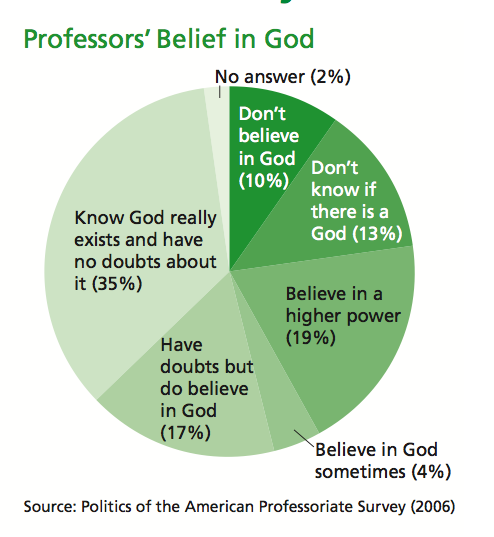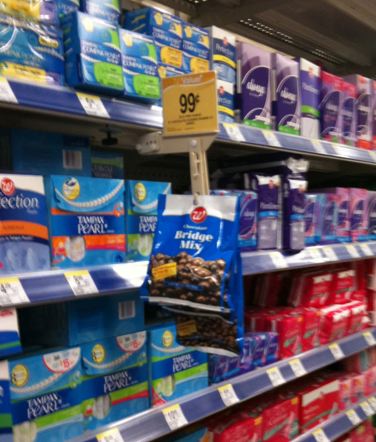Considering what obvious justice suffrage for women was, it’s surprising that it took 62 years from the birth of the U.S. suffrage movement to come up with an equally simple way of making the case. But in 1910, the National American Woman Suffrage Association distilled their best arguments into one-paragraph gems printed on postcards. Their “Think It Over” series proved to be not only an excellent consciousness-raiser but fundraiser as well, since NAWSA received a commission on each card sold. Here’s a particularly insightful one:

Some other sample sayings on these postcards:
The Declaration of Independence was the direct result of taxation without representation. Either exempt WOMAN from taxation or grant her the right of Equal Suffrage. What is sauce for the GANDER is sauce for the Goose.
Woman, if granted the right of Equal Suffrage, would not endeavor to pass new laws for the benefit of WOMAN only. She would work and vote with MAN on all legislation. …
WOMAN should not condemn MAN because she has not the right of franchise–rather condemn parents for having trained their sons since the beginning of time, in the belief that MAN only is competent to vote.
Of course, suffragists didn’t rely entirely on gentle logic. At the bottom of each card was the phrase, “An ounce of persuasion precedes a pound of coercion.” Symbolism was employed as well. In the upper left corner was a shield of stars and stripes shown as having a dark spot in the center, labeled “The ballot is denied to woman” with “The blot on the escutcheon” inscribed underneath.
Though people today generally associate black and white images and grim determination with the suffragists, here’s proof from 1916 that they could be colorful and whimsical:

The disarming image of a child was common and popular, as above and below. The following image from 1913 was created by Bernhardt C. Wall (1872-1956), an exception to the rule that most postcard artists labored anonymously:

No doubt the suffragists were well ahead of their time, but the card that follows from about 1916 is unusually far-sighted. (Of course, Victoria Woodhull had already run for president in 1872 on the Equal Rights Party ticket.)

Lots of adults were expressing similar sentiments in 1914, when the card below was in circulation. On May 2, 1914, there were more than 1,000 coordinated demonstrations, parades and rallies nationwide, and that same year the all-male Senate took its first vote on a suffrage amendment since 1887. (It gained a majority, 35-34, but was still well short of the 2/3 required). Of course, the term most suffrage workers in the U.S. preferred for themselves was “suffragist,” because “suffragette” was originally used by opponents in Britain and then the U.S. as a derisive term implying “little voter,” or to give the false impression that all supporters of woman suffrage were female. But in this case it seems uniquely appropriate, since it’s a cute little girl with a ballot in her hand. The postcard was sent as a Valentine on February 12, 1914 from “Marjorie” to “George”.

Finally, this still-appropriate postcard, issued in Great Britain in 1909 by the Women Writers’ Suffrage League, shows a woman being pulled away from “Justice” by “Prejudice.” The WWSL was founded in June, 1908, by playwright Cicely Hamilton and novelist Bessie Hatton “to obtain the vote for women on the same terms as it is or may be granted to men. Its methods are those proper to writers–the use of the pen.”
Today we might say “the use of the blog,” but the message still rings true !

All postcards are from David Dismore’s personal collection.
———————————-
David Dismore is a television news archivist and feminist history researcher for the Feminist Majority Foundation. As a teenager he was inspired by a photo and a few paragraphs about the suffragists in his high school history textbook in Greenville, Ohio. The post below, originally published at Ms. magazine, looks at some of the propaganda that helped earn U.S. women the vote. You can read more from David at Feminism 101.
If you would like to write a post for Sociological Images, please see our Guidelines for Guest Bloggers.












